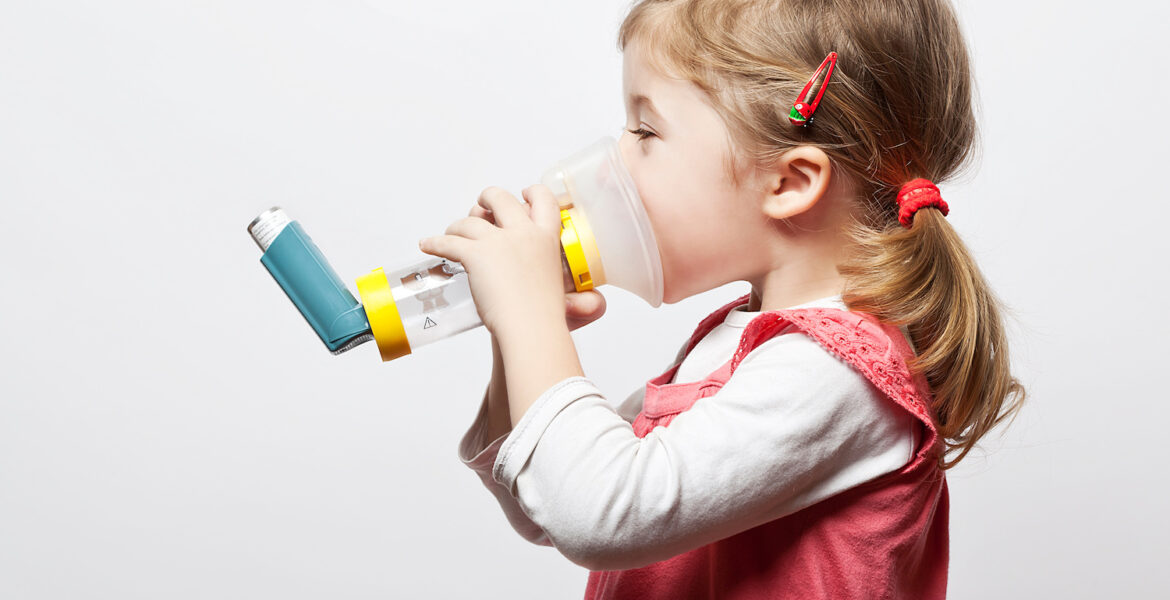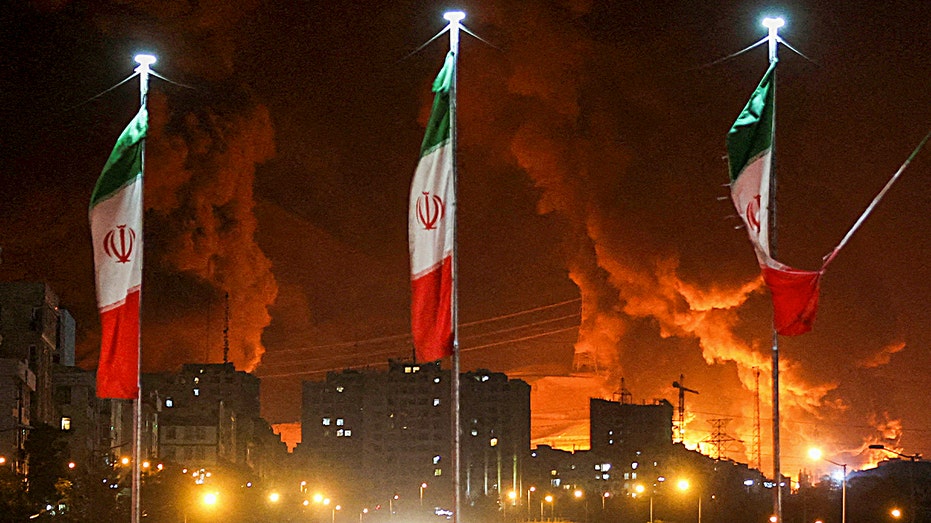A parent's guide to treating and preventing childhood asthma
When your kid is living with asthma, it’s natural to be worried and extend more care and attention to their health and wellbeing. Childhood Asthma,...

It's normal to worry and give your child's health and wellness extra consideration when they have asthma. One of the most prevalent long-term lung diseases in newborns and young children is childhood asthma, also known as pediatric asthma. It occurs when a child's lungs' airways swell, making breathing challenging for them. The child's daily routine may be greatly impacted by the disorder. It's true that no parent likes to see their child struggle with the effects of asthma.
About one in four children in India may at some point develop symptoms of asthma. Research indicates that asthma is among the most frequent causes of pediatric medical visits, absences from school, and hospitalizations. Actually, a number of variables, including viral outbreaks, high allergy rates, and poor air quality, have contributed to a notable increase in the condition.
For most children, asthma can be managed through lifestyle adjustments, environmental measures, and medications. However, there may be instances where you’re not present to offer immediate assistance. It’s crucial for both you and your child to understand how asthma operates, the necessary treatments, and when to administer them. This knowledge can help the both of you to gain better control over this respiratory condition.
In this blog, we have compiled a guide for parents of children with asthma to provide insight into what to anticipate in the event of future incidents.
Identifying and diagnosing asthma
Asthma symptoms typically manifest in children before the age of 5, making accurate diagnosis challenging. Initially, distinguishing between asthma symptoms and those of a common respiratory infection may be difficult.
As your child matures, asthma signs become more apparent, especially if they are already contending with other allergies or if a parent has asthma.
Emerging symptoms of asthma may encompass:
- Persistent coughing even when not ill
- Wheezing or whistling sound during exhalation
- Chest pain and tightness
- Constant shortness of breath
- Episodes of cough attacks
- Having difficulty walking and/or talking
- Difficulty sleeping due to coughing
- Bluish tinge on the lips or fingernails
A crucial initial step is scheduling an appointment with an asthma and allergy specialist to ensure your child receives optimal care promptly.
Managing your child’s asthma
As a parent of an asthmatic kid, handling asthma can be daunting, particularly without a clear understanding of what to expect. Creating an asthma action plan can enhance the sense of security for both your child and yourself. It can remove the limitations on your child’s life and stop deterring them from participating in activities typical of their peers. Once asthma is effectively managed, your child can engage in play, attend school regularly, and enjoy restful sleep.
Identify flare-Up triggers
The actual cause of asthma is unknown, but genetic and environmental factors appear to play an important impact. When a child has asthma, their lungs become extremely susceptible to particular triggers. Flare-ups can be triggered by specific airborne allergens or sudden bursts of physical activity. There are several other potential triggers, including:
- Infections affecting the airways, such as pneumonia and sinus.
- Allergies to substances like cockroaches, dust mites, mould, pet dander, and pollen grains.
- Irritation of the airways due to air pollution, chemicals, cold air, and scents, leading to symptoms like wheezing, coughing, and chest tightness.
- Cigarette smoke, including second-hand smoke.
These irritants can also induce shortness of breath and exacerbate symptoms in your child. Both you and your child need to learn to recognise when a flare-up is imminent and whether it warrants a visit to the emergency room. Ensure your child has an inhaler and any other prescribed tools and medications readily available.
Take prescribed medication
Your child might be prescribed daily medication, such as a once-a-day pill, to prevent airway constriction, tightness, or irritation caused by allergens. Another type of medication could be an inhaler, offering quick relief and maintaining open airways during an asthma attack or breathing emergency.
Prepare for emergencies
The timing of severe flare-ups is unpredictable. Stay attuned to your child’s warning signs, communication cues, and swiftly escalating asthma symptoms. Always have emergency medication in hand, along with the contact information for your child’s respiratory doctor. Recognising and addressing asthma promptly can be crucial in preventing severe consequences.
Concluding remarks
Based on symptoms and causes, your child's asthma can be identified as one of several types. Getting your child the finest asthma therapy as soon as possible is crucial for their health, regardless of whether their breathing problems are caused by physical allergies or problems that come with exercise. Create a documented action plan for your child's asthma by speaking with their healthcare practitioner.






















